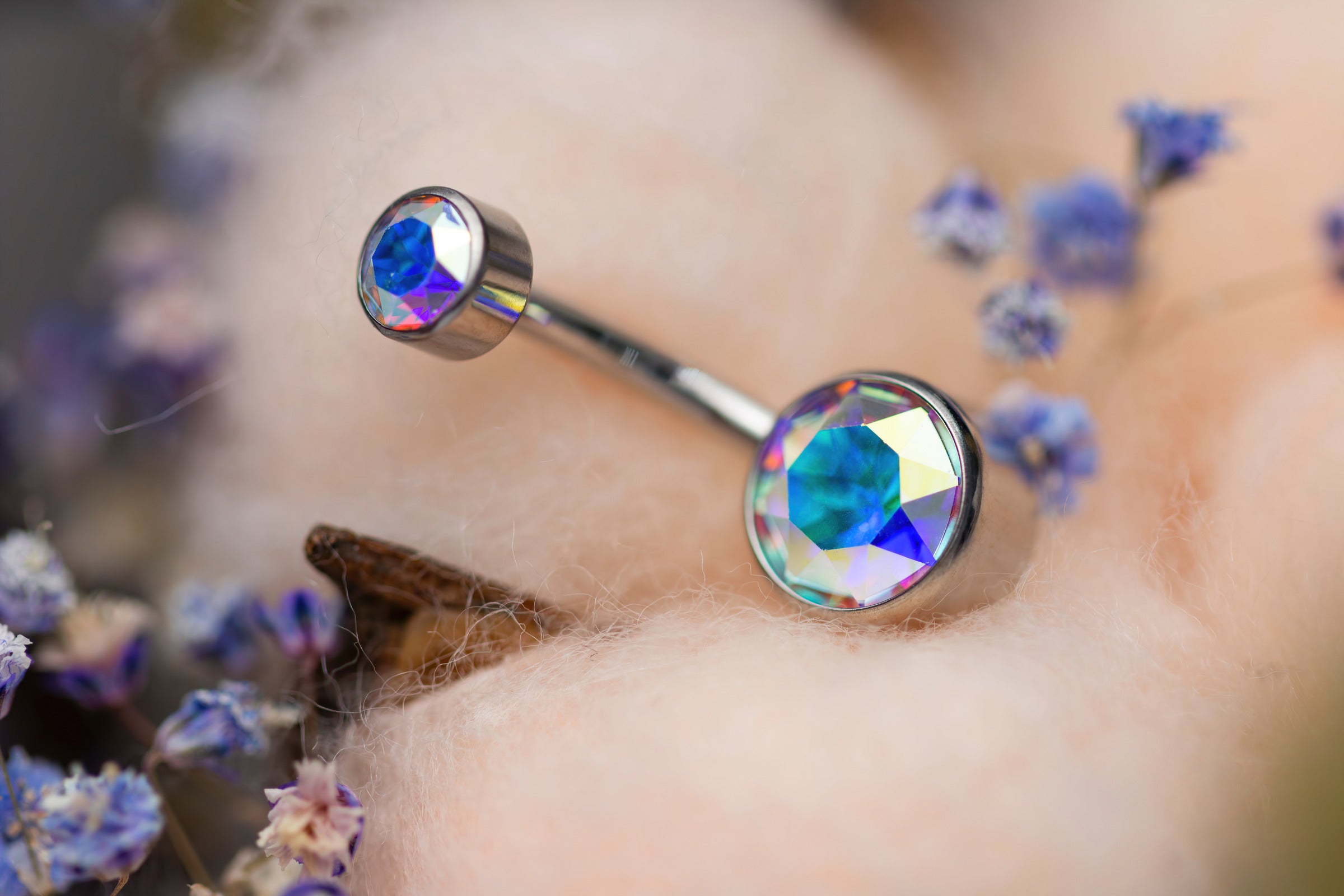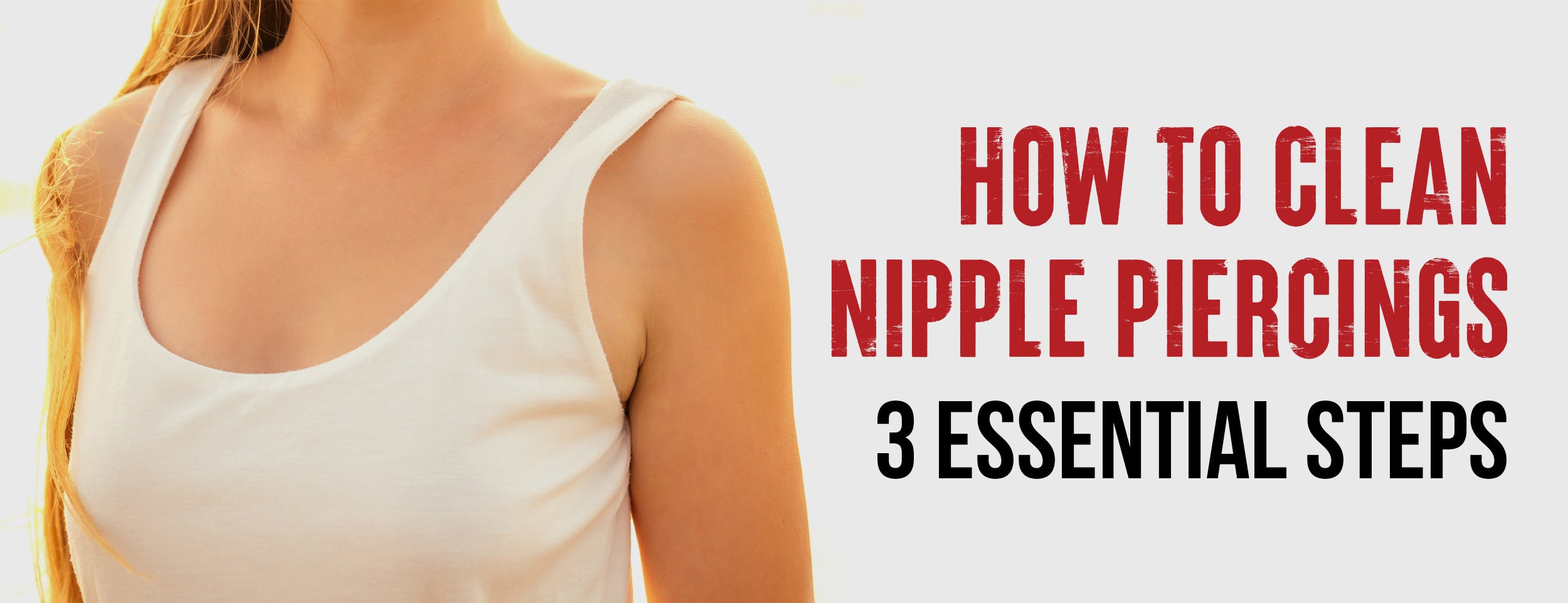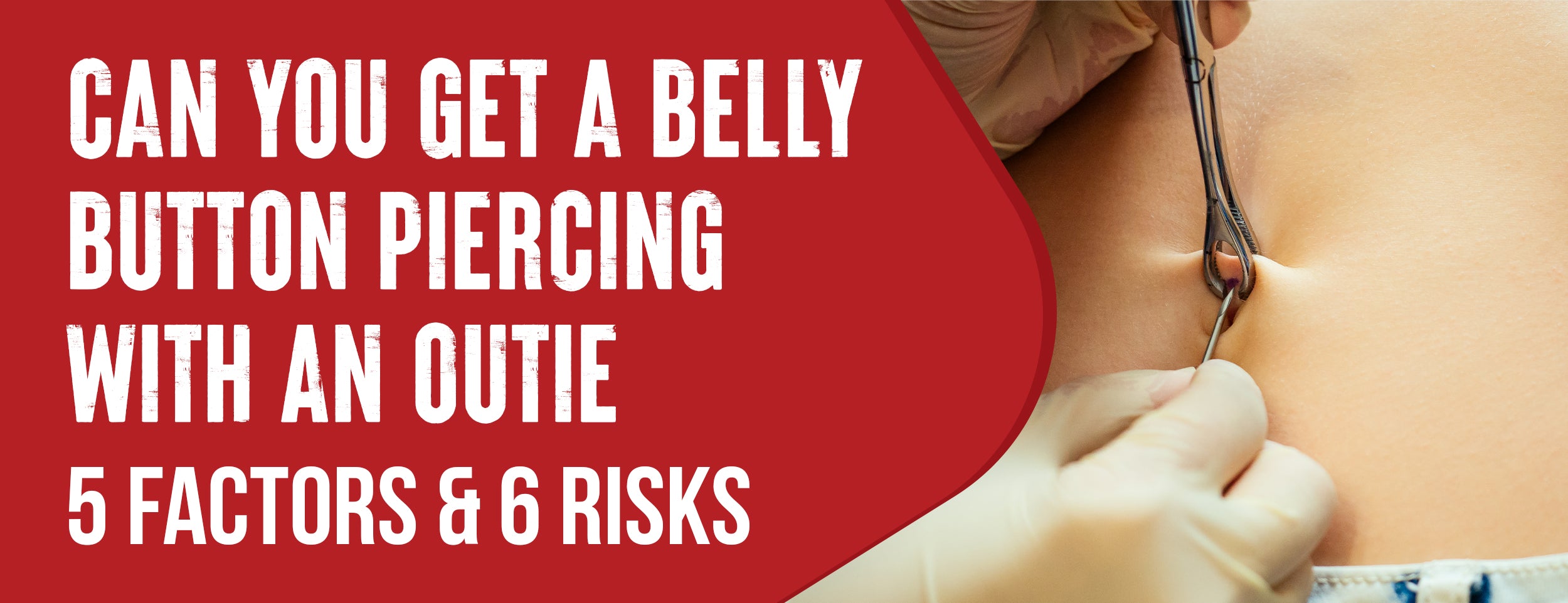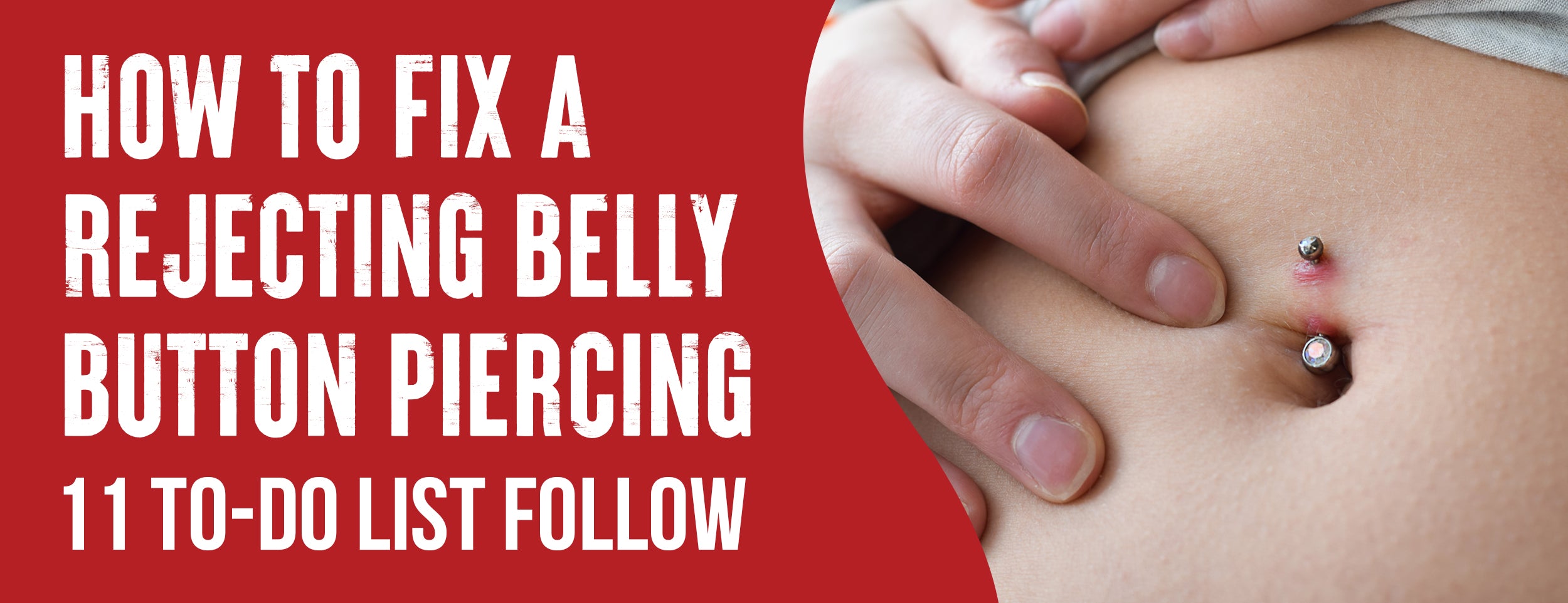The gauge is essential for piercing jewelry. It could cause complications during healing if it differs from the correct size.
These can include irritations, bumps, odd angles as your piercing heals up, discomfort, rejection, or other complications of the jewelry. Therefore, choosing the right gauge size for your piercing is crucial to avoid unwanted issues.
The most common gauge used for nipple piercings is 14g. However, the standard for male nipple rings is sometimes 16 gauge. To be specific, you should always ask your piercer.
This blog post will explain a nipple piercing gauge size guide and the most important reasons.
What Size Gauge Is a Nipple Piercing: 4 Factors

Body art and piercings are potent forms of self-expression; among these, nipple piercings have carved out their unique niche. Suppose you're considering this type of body modification. In that case, you might wonder if it encompasses a variety of factors:
Size and Material
The size of a nipple piercing typically depends on the individual's anatomy and preference. The standard gauge for nipple piercings is 14G (gauge), equivalent to 1.6mm in diameter. However, some people may opt for a slightly larger 12G (2mm) or more minor 16G (1.2mm) depending on their comfort level and desired look.
As for the material, choosing hypoallergenic metals is crucial to prevent allergic reactions or infections. Stainless steel, titanium, and gold are commonly used for nipple piercings because of their biocompatibility. Among these, titanium is considered the best, as it is lightweight, highly durable, and less likely to cause allergic reactions.
Specialty Jewelry
Specialty jewelry can add a unique touch to your nipple piercings. Several types include captive bead rings, circular barbells, and shields.

Captive bead rings are circular jewelry pieces with a small bead that holds the ring in place. Circular or horseshoe barbells are C-shaped pieces that can be customized with different ends, like balls or spikes.
Nipple shields are another popular option. These decorative pieces cover the nipple with a hole in the center for the piercing. They come in various designs and shapes, allowing you to express your style.
Barbell Variations
Barbells are the most common type of jewelry used for nipple piercings. Straight and curved are the two main types.
Straight barbells are the standard choice for initial nipple piercings. They allow for swelling and facilitate the healing process. Curved or banana barbells are typically used after the piercing has healed. Their curved shape can provide a different aesthetic and may be more comfortable for some people.
Titanium Barbells
For barbells, titanium is the material of choice for many. It's lightweight, durable, and hypoallergenic, ideal for long-term wear. Titanium barbells are available in various colors because anodization alters the metal's surface to create different hues. Pick a color that fits your mood or style. Style or mood.
4 Most Important Reasons To Choose the Right Gauge For Your Nipple Piercing

A nipple piercing can be a stunning statement of personal expression. However, it's essential to understand the intricacies of choosing the correct gauge for your piercing. Gauge refers to the thickness of piercing jewelry, and ensuring the right fit can significantly enhance your jewelry-wearing experience. Here are some reasons Size Gauge is essential in Nipple Piercings.
Importance of Correct Fit
The correct fit of a nipple piercing is not merely about aesthetics but also the health of your piercing. Selecting an inappropriate gauge can lead to many complications, including discomfort, irritation, and even piercing rejection.
Choosing a gauge that is too large or too small can cause damage to the piercing, including ripping or cutting. An appropriate gauge can aid healing, while an incorrect one may prolong the healing process or even prevent the piercing from healing properly.

Preventing the Cheese-Cutter Effect
One of the most critical reasons for choosing the correct nipple piercing gauge is to avoid the cheese-cutter effect. This phenomenon occurs when the jewelry is too thin for the piercing, leading to gradual slicing through the skin - much like a cheese cutter slice of cheese.
This effect can cause severe discomfort and potential complications, including infection and scarring. Therefore, selecting the gauge size is paramount to avoid this.
Factors Influencing Gauge Size Choice
Several factors influence the choice of gauge size for a nipple piercing. These include the individual's anatomy, the desired look, and the type of jewelry preferred. For instance, some people may prefer a thicker look, requiring a larger gauge size.
Role of a Professional Piercer
A professional piercer is vital in determining the gauge size for your nipple piercing. They assess your anatomy, consider your personal preferences, and provide an informed recommendation based on their expertise and experience.
They can also guide you through the healing process and advise on any potential complications from using an incorrect gauge size. Therefore, it's crucial to seek their advice before deciding.
Best Way to Know Your Piercing Gauge

Piercers usually follow a specific size for each piercing, but sometimes they may use a different gauge. If you are unsure, it's always best to consult your piercer and ask them about the size they used for your piercing. Here is a list of standard gauges for different piercings:
Body Piercing Standard Gauges:
| Piercing | Standard Gauge |
|---|---|
| Nipple Piercing | 14G |
| Belly / Navel Ring | 14G |
| Nose Piercing | 20G,18G |
| Tragus / Helix / Rook / Conch | 16G,18G |
| Septum (used) | 14G(16G is also commonly) |
| Ear | 20G and 18G |

Conclusion
Embracing the art of body modification through nipple piercings is an empowering decision rooted in self-expression. But remember, picking the right gauge size is the key to a smooth, satisfying experience.
While standard nipple piercings typically use a 14G gauge, factors like your anatomy, desired aesthetics, and choice of jewelry can influence this.
To ensure you make the right decision, consult a professional piercer who can help you maximize comfort and minimize complications. Stay informed, explore your options, and you're on your way to sporting a unique new adornment.

![What Size Gauge Is a Nipple Piercing: 4 Factors [With Chart]](http://drnumb.com/cdn/shop/articles/What_Size_Gauge_Is_a_Nipple_Piercing__4_Factors_With_Chart_1.jpg?v=1710308730&width=1100)









![The Recovery Time and Stages of Nipple Piercings [Best Practices]](http://drnumb.com/cdn/shop/articles/How_Long_Do_Nipple_Piercings_Take_To_Heal__3_Stages_Explained.jpg?v=1714373243)



